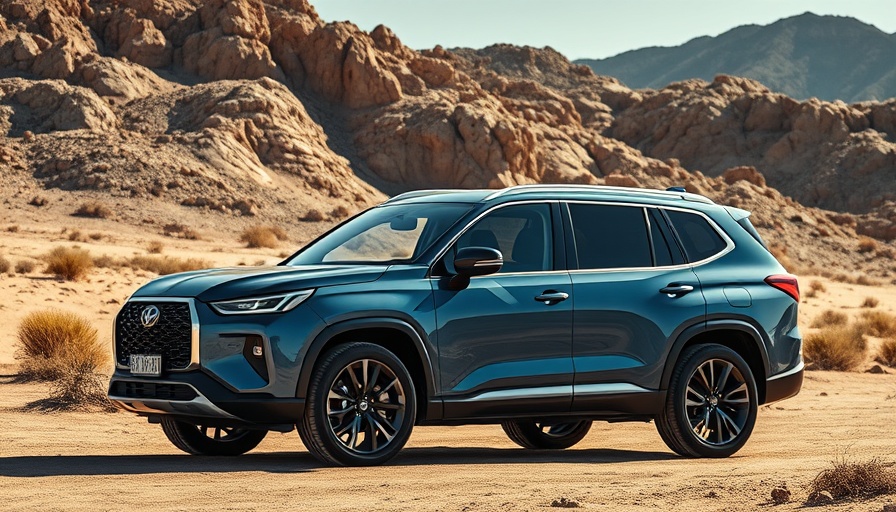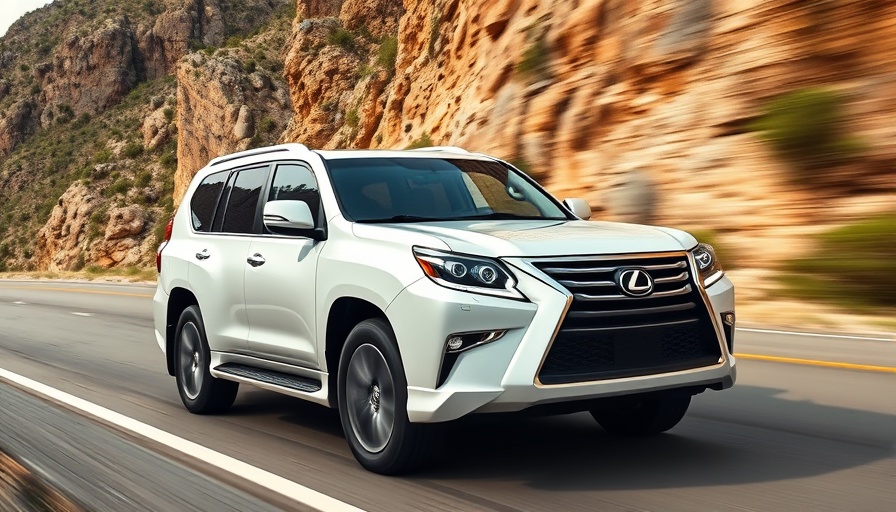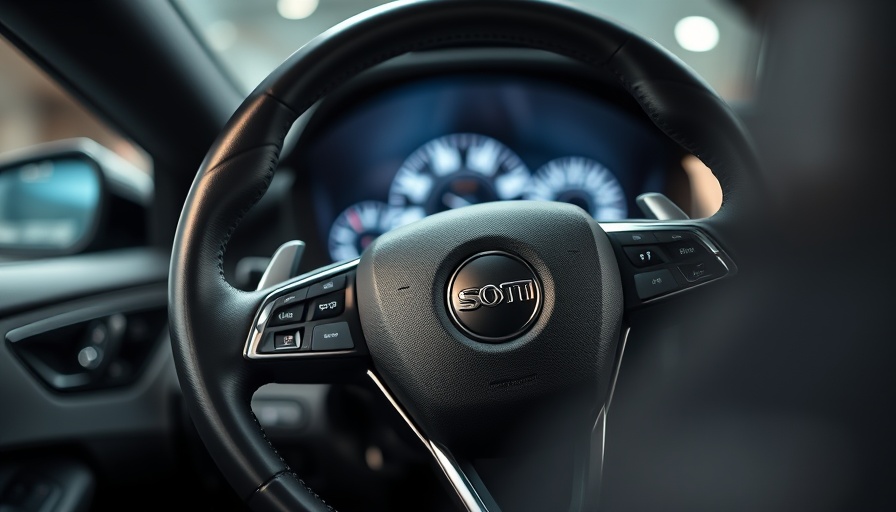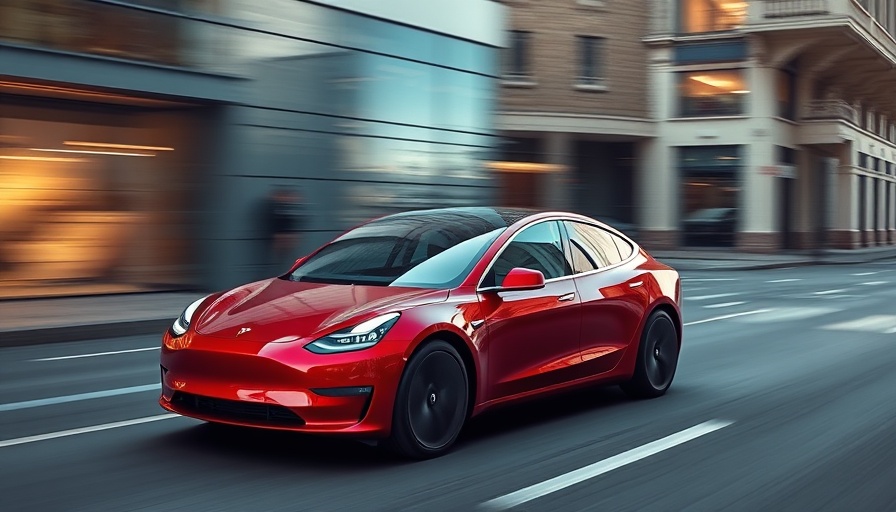
Rising Quality Amidst Technological Frustrations
The automotive landscape in 2025 is a mixed bag; while the overall quality of new vehicles in the U.S. shows a slight improvement — registering 192 problems per 100 vehicles, down from 194 in the previous year — it also highlights growing pain points related to emerging technologies. Consumers are increasingly frustrated by the overreliance on touchscreen interfaces, which complicate what were once simple vehicle controls.
Key Players in the Quality Game
Lexus emerges as the quality leader with just 166 PP100, followed closely by Nissan and Chevrolet, which shows that premium brands are regaining consumer trust through improved reliability. Notably, Tesla is excluded from the rankings but has reported a significant reduction in issues, which speaks to the evolving dynamics within the electric vehicle (EV) sector. While some might argue that the rapid integration of technology is a marker of progress, the reality is that these advancements often lead to consumer discontent.
The Battle of Touchscreens: A Double-Edged Sword
The study underscores that infotainment systems are the biggest culprits of complaints, averaging 42.6 PP100. Simple tasks such as controlling climate settings, opening garage doors, or accessing glove compartments have become cumbersome tasks fraught with frustrating navigation through various digital menus. As automotive expert Frank Hanley puts it, the modern infotainment screen is evolving into a "catch-all drawer of frustration" for drivers. This has led many consumers to express a desire for returning to physical buttons for essential functions, particularly as newer models come equipped with even more complex interfaces.
Unpacking Hybrid and Electric Quality Issues
This year's survey also revealed an unexpected twist: plug-in hybrid vehicles (PHEVs) have surpassed fully electric vehicles in terms of problems recorded, with 237 PP100 compared to 212 for EVs. The data indicates a notable trend shift; gasoline-powered cars and standard hybrids continue to demonstrate better initial reliability. This introspection prompts questions about the efficacy of emerging hybrid technologies, which seem to bring their own unique set of challenges.
The Role of New Model Launches
Interestingly, newly launched models display a disadvantage compared to older models, averaging 203 PP100 against 190 for carryover designs. Only two of the 18 newly introduced vehicles exceeded segment averages, hinting that innovation, while desirable, could sometimes lead to quality issues as manufacturers scramble to stay competitive. Despite these bugs, many owners find themselves requiring fewer trips to dealerships, suggesting that while the first iterations may experience growing pains, they aren't catastrophic. This presents an opportunity for improvement in both design and user experience.
Addressing Unexpected Frustrations: The Cupholder Conundrum
While cupholders may seem trivial, they have resurfaced as a heated topic among consumers. With the rise of reusable bottles, complaints regarding inadequate sizing and placement have increased, showcasing how even small details impact customer satisfaction. Car manufacturers now face the challenge of catering to a more eco-conscious consumer base while maintaining functional design.
Leading Manufacturers and Their Innovations
Among manufacturers, General Motors takes the lead with five segment-leading models while Ford and Honda follow closely behind. Models such as the Chevrolet Blazer and the Mustang highlight GM's ability to marry innovation with functionality. Meanwhile, Porsche's 911 demonstrates that luxury brands can still maintain excellence against the competitive backdrop of the automotive industry.
The Award-Winning Plants: Setting New Standards
Recognition goes to BMW’s Graz facility for receiving the Platinum Plant Quality Award, raising the bar for production standards while Toyota dominates the Gold-level accolades. The operational excellence observed in these manufacturing plants can potentially influence the overall vehicle quality moving forward.
As we explore these intricacies, one question remains: how can automakers leverage this information to better meet consumer needs? Understanding the shifting landscape requires a balanced view of both consumer complaints and the effectiveness of manufacturers in addressing these challenges. The automotive industry finds itself at a crossroads, needing to embrace technological advancements while remaining aware of the human element — driver satisfaction.
 Add Row
Add Row  Add
Add 




Write A Comment